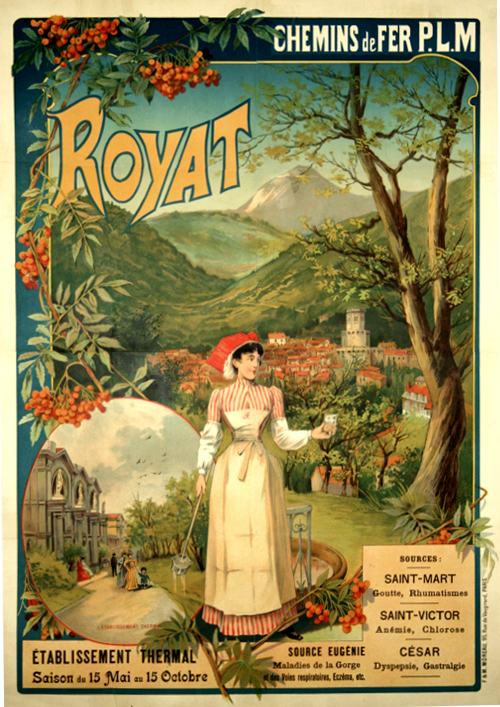Lupin - the "Gentleman Cambrioleur"
Karen and I loved every episode of the first 2 seasons of Lupin, the French series that jumped to the top of the Netflix charts around the world. Now it's back for a third season, with another great “heist” story – but it's really the character of Arsanne Diop (the modern-day incarnation of Lupin) that makes the series worth watching. He's a “gentleman thief”, a Robin-Hood hero who operates outside the law but is driven by a bigger sense of justice and “doing the right thing”. (Think The Equalizer but with elegance and a tongue-in-cheek sense of humor.) The series also makes for an excellent opportunity to practice your French, if you’re inclined that way; you can watch it dubbed in English, or reset the language to French and turn on English subtitles.
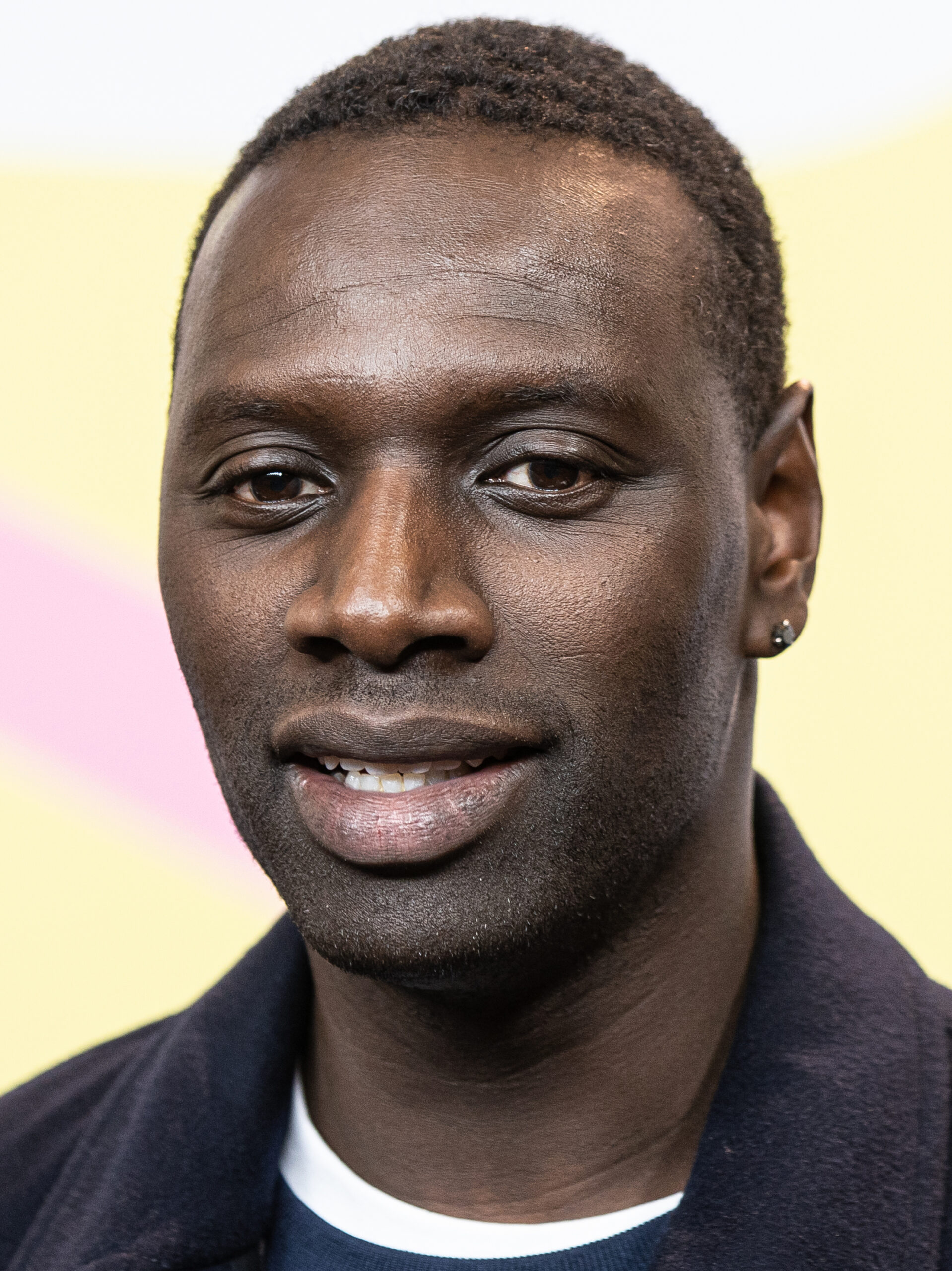
No matter what brings you to watch it, the Netflix series is a contemporary retelling of the incredibly popular books and short stories written by Maurice LeBlanc beginning in 1905. And for Francophiles, the TV series has plenty of Paris scenery and (for season 3) several scenes set in Marseilles. But did you know that Lupin also has a particular connection to the Auvergne in the deep heart of France?
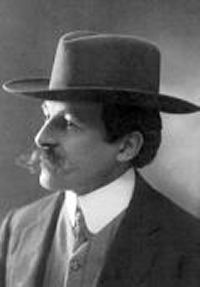
It’s a stretch, but… Lupin’s origins might be in Royat
Maurice Leblanc was a native of Normandy, and several of the Lupin stories use that wild coast as a setting. (In the first season of the Netflix series, the characters take a train trip from Paris to the beach town of Étretat, where there’s a notable museum devoted to Leblanc’s most famous character, for a fan festival devoted to the “original” Lupin.)
But an article by Pascal Guinard in the January 16, 2020 edition of La Montagne points to the possibility that Leblanc might have actually conceived the character of Arsene Lupin during his visits to the thermal spa town of Royat, beginning in 1903 (two years before Lupin’s first appearance in print).
According to Gilles Frierese, a journalist interviewed for La Montagne’s story, Leblanc was 39 years old and still seeking his first big success as a writer in 1903:
“[H]e learned that the waters of Royat, in Puy-de-Dôme, might suit him. Arriving there in summer, he met Dr. Deschamps, whom he befriended. The care lavished on him by the doctor, associated with the beneficial virtues of thermal waters, relieved him; his health improved, and he was slowly reborn. Several times, Maurice Leblanc returned to Royat to be treated and to greet his doctor friend. "
Frierese has published his research in L’Aiguille prevue, a scholarly journal devoted to studying the Lupin stories. In it, he argues that Leblanc might never have developed the character or had the physical strength to carry on his writing career if he had not “taken the cure” in the thermal waters of Royat. And as proof he offers Leblanc’s 1927 novel, The Young Woman With Green Eyes, which follows the character of Lupin on a trip to Royat to solve a mystery related to the Fountain of Youth. While he’s there, Lupin stays in a convalescent hotel clearly belonging to Leblanc’s friend, Dr. Deschamps, and other characters in the novel are clearly based on people Leblanc knew while he was in Royat.
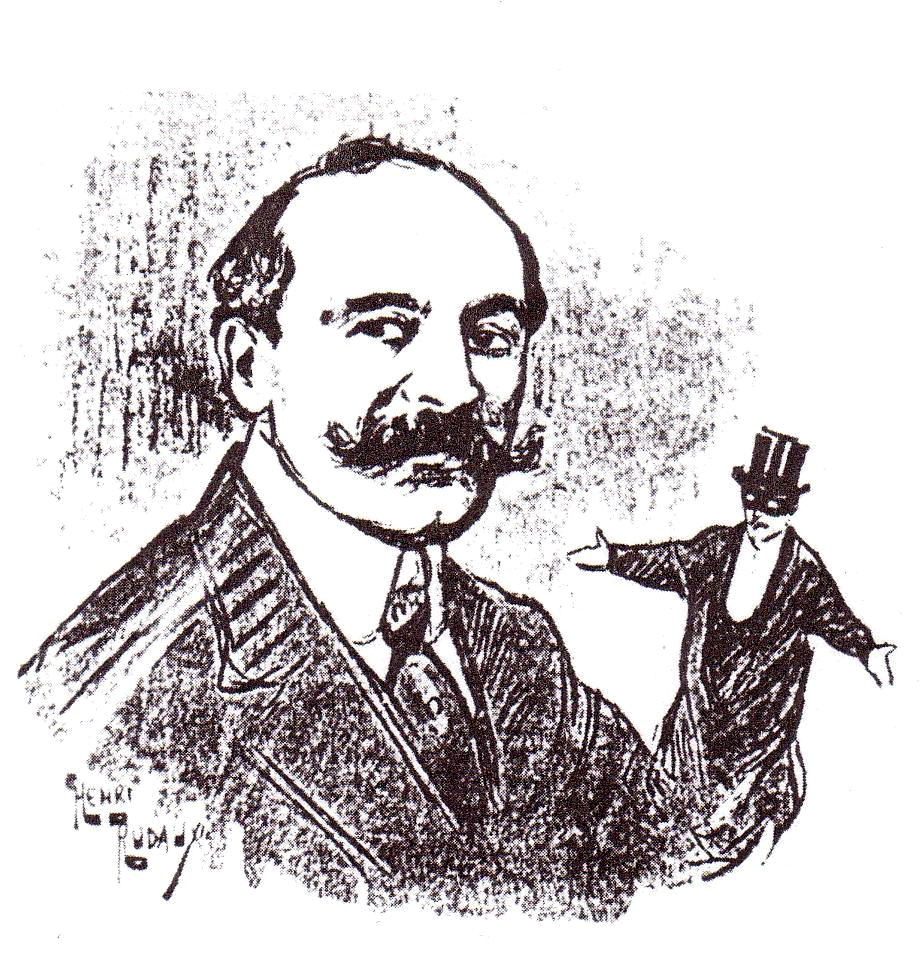
A scene from a Renoir painting
To understand the little town of Royat, imagine yourself strolling through an elegant park with a crowd straight from a painting by Renoir – men in straw boaters and morning coats, women in flowing dresses with bright flowers and velvet hats. Imagine, as the local guides say, “walking in the footsteps of Napoleon III, the Empress Eugénie, the Prince of Wales (later Edward VII), King Leopold II, or the Maharajah of Patiala…” In short, imagine yourself stepping back into the glory days of Belle Époque France – but in a place far from the chic salons of Paris.
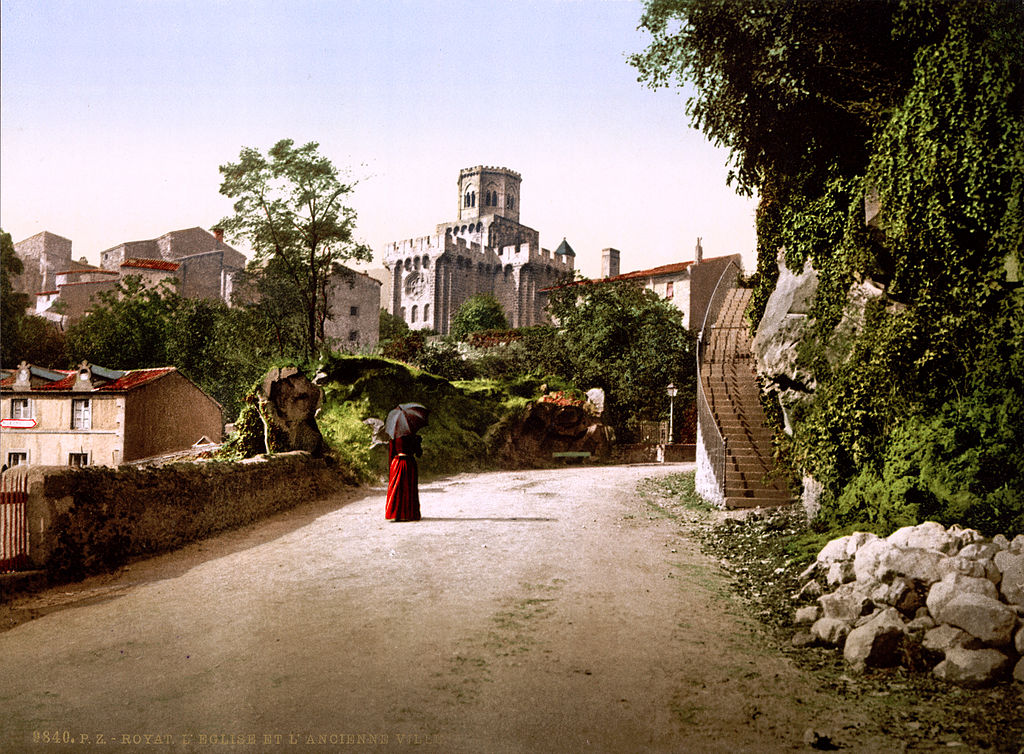
At first glance, Royat is a town trapped in time and trapped in its own geography. Hanging on the side of an extinct volcano and jammed up against Clermont-Ferrand (the capital city of the Auvergne) and neighboring Chamalieres, Royat maintains some of the romantic feel of its 19th-century glory days. It can’t really grow, given its geographic constraints. It is, though, a very pleasant destination for a long weekend, and Royat takes pride in its position as a “gateway town” for the natural wonders of the Park of Volcanoes that begin at the city’s edge.
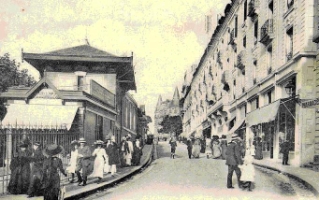
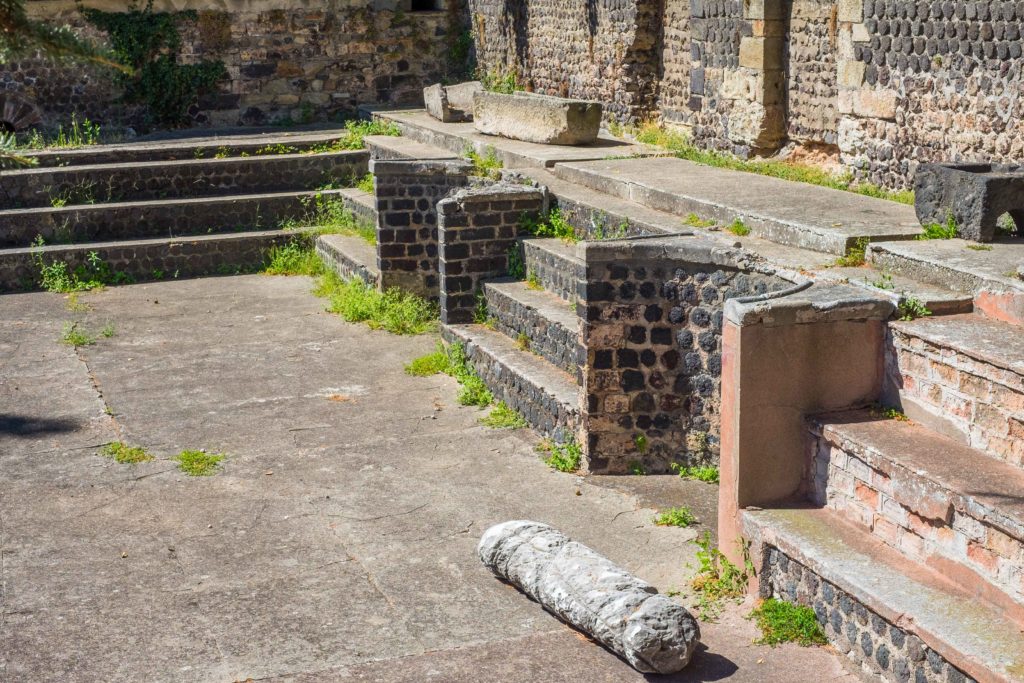
A 2,000-year-old Spa Town
This has been a spa town since the time of the Roman occupation of Gaul. (You can still see the remains of the baths they built in Royat’s thermal park.) As in so many parts of the deep heart of France, the volcanic plumbing that boils underneath the Massif Central comes to the surface here in natural springs called sources in French.
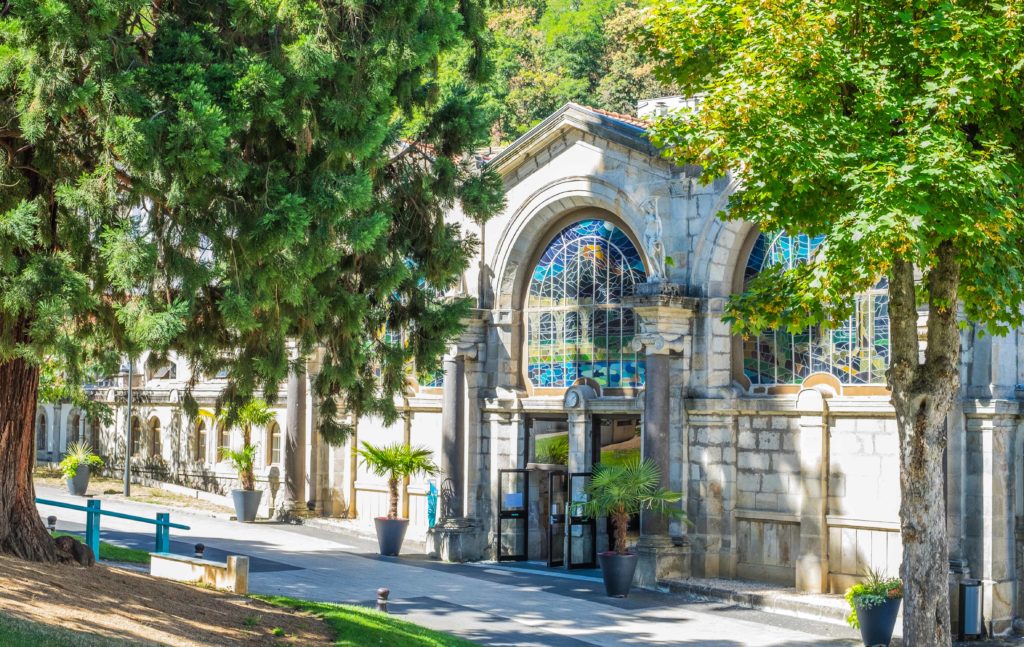
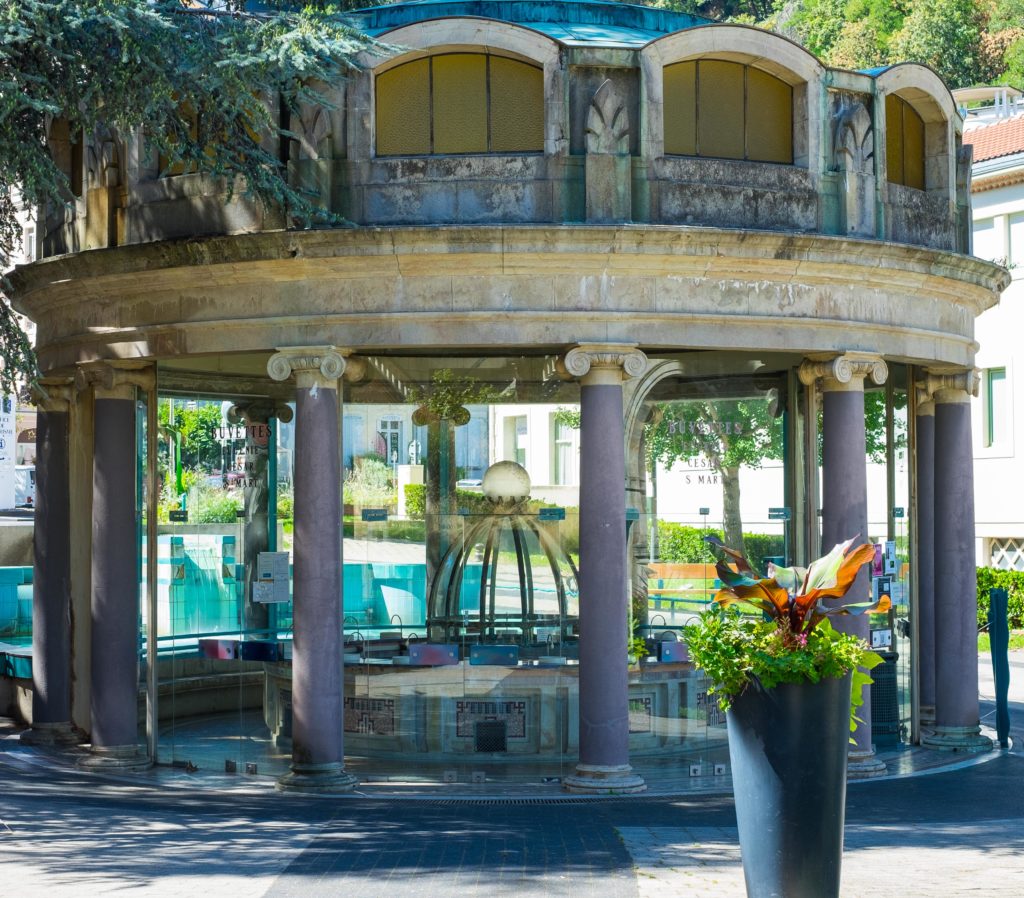
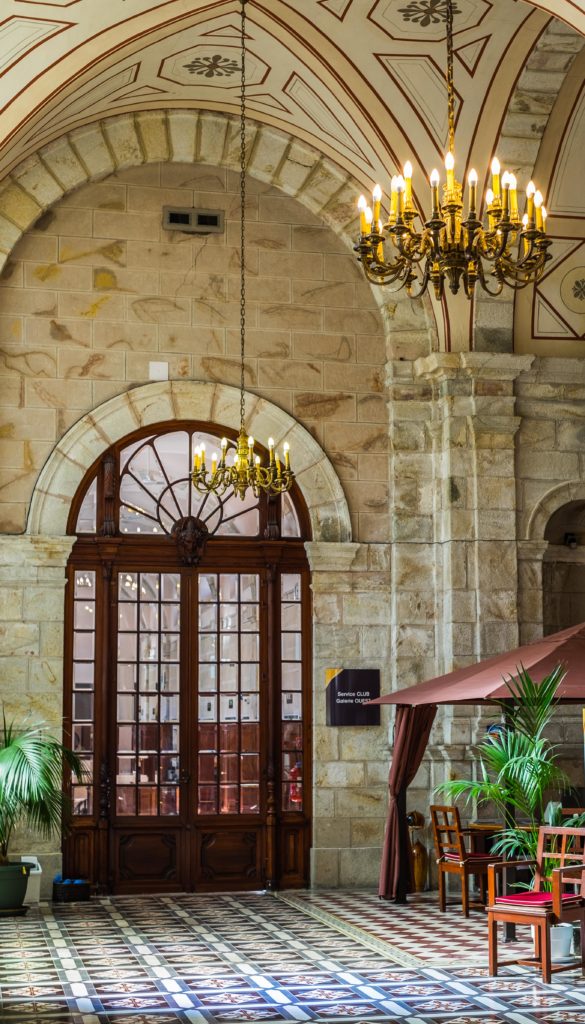
There are five distinct sources in town. The one named for the Empress Eugénie was once called the Grande Source, and it has only been commercialized since its discovery in 1844. Also in the thermal park at the center of Royat: the sources named for Caesar, Saint Mart, Saint Victor, and Auraline. Some of these have been in use since Roman times, but the real peak of development of these springs as a tourist destination didn’t being until the 1800s.
These sources contain a full cocktail of volcanic minerals and chemicals – in most cases, gassy water full of alkaline bicarbonates and iron oxides, with doses of lithium oxide and arsenic. Temperatures run from 60° to 95° Farenheit (15° to 35° C). People flocked here in the 19th century for the same reasons they come today – with prescriptions from their doctors to treat heart problems and a range of other conditions. In the 1930s, a treatment involving the injection of carbon dioxide under the skin was developed here, and apparently it’s still popular in some parts of the world as a cure for everything from cellulite to wrinkles to hair loss (!).
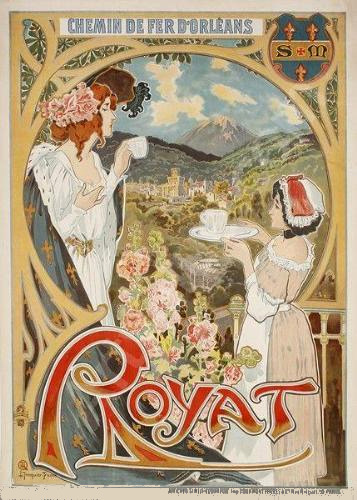
A Belle Epoque Tourist Boom
Naturally enough, the development of deluxe hotels followed closely from the demands of rich tourists coming to town to “take the waters”. It was one of these, the establishment run by Dr. Dechamps, that welcomed Maurice Leblanc when he first came to Royat in 1903. They are still evident everywhere in the town's winding, hilly streets – now a little longer in the tooth, in most cases, but still giving Royat its Belle Époque atmosphere. (And more and more these days – they're often converted into luxury apartments with spectacular views looking across the plains of Limagne.)
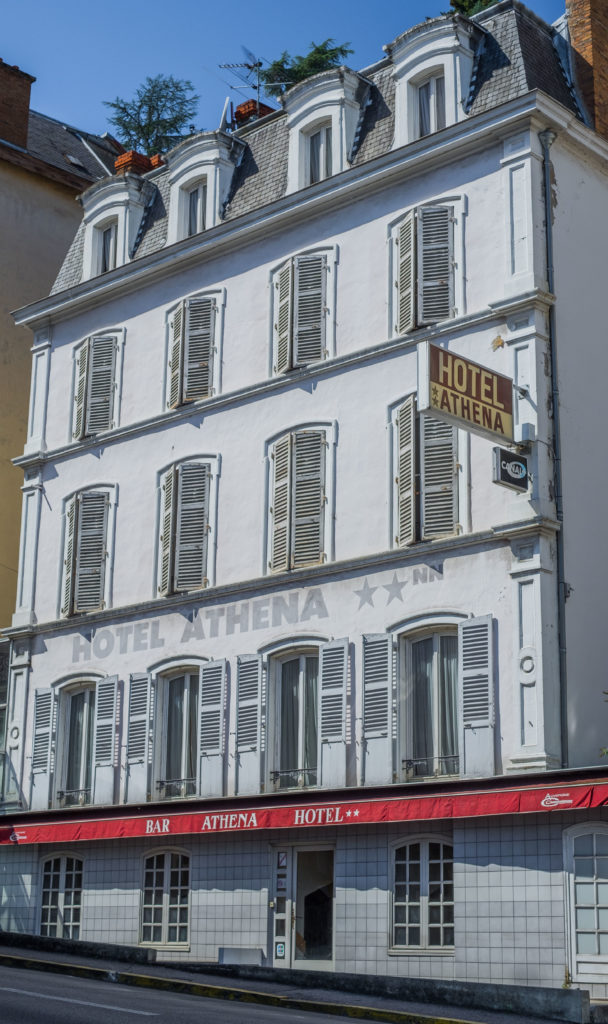
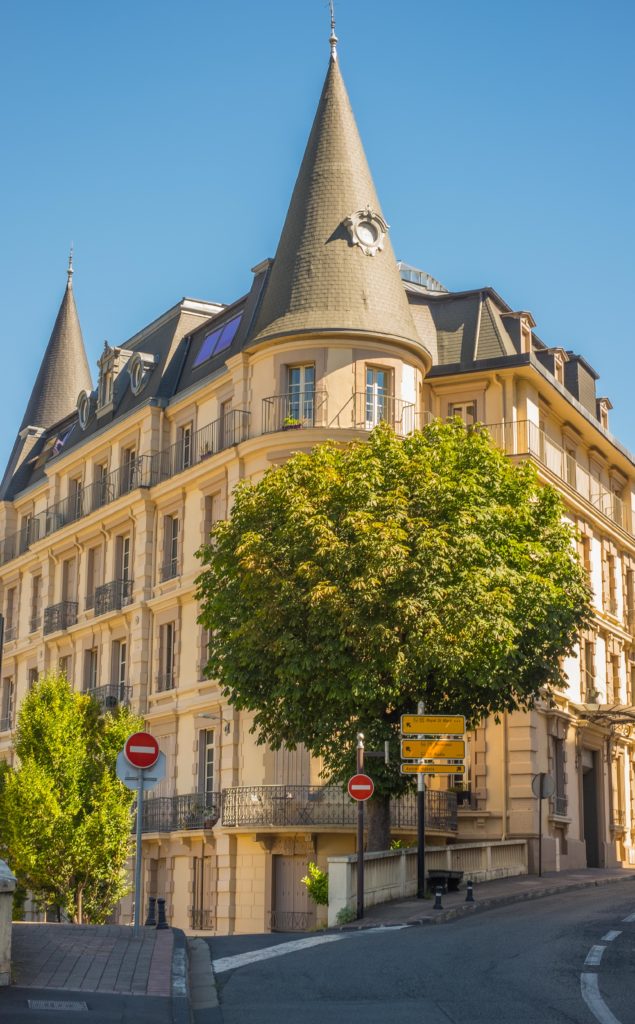
The 21st Century Destination
There’s a major casino in the center of the thermal park, still a popular meeting place and scene of business meetings and conventions. The town’s principal business continues, too. Open since 2007, the Royatonic is a full-service luxury spa offering both traditional thermal “cures” and high-end spa services. It’s attached to the beautifully-appointed Princesse Flore hotel – a 5-star operation with a couple of excellent restaurants; Karen and I stayed here for an anniversary weekend a few years ago, and absolutely loved the place!
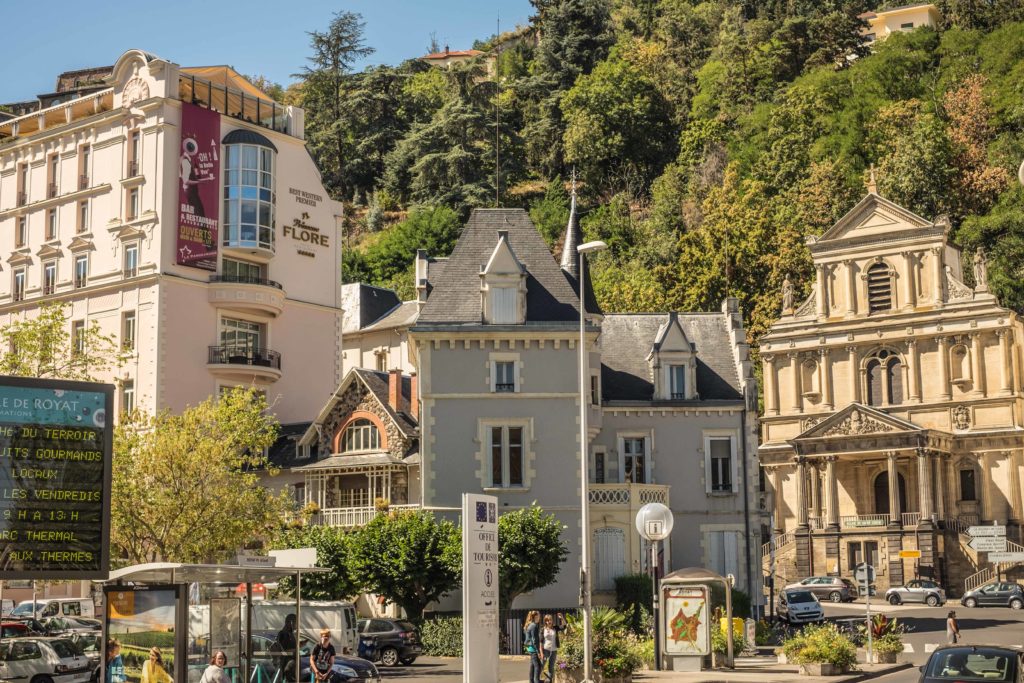
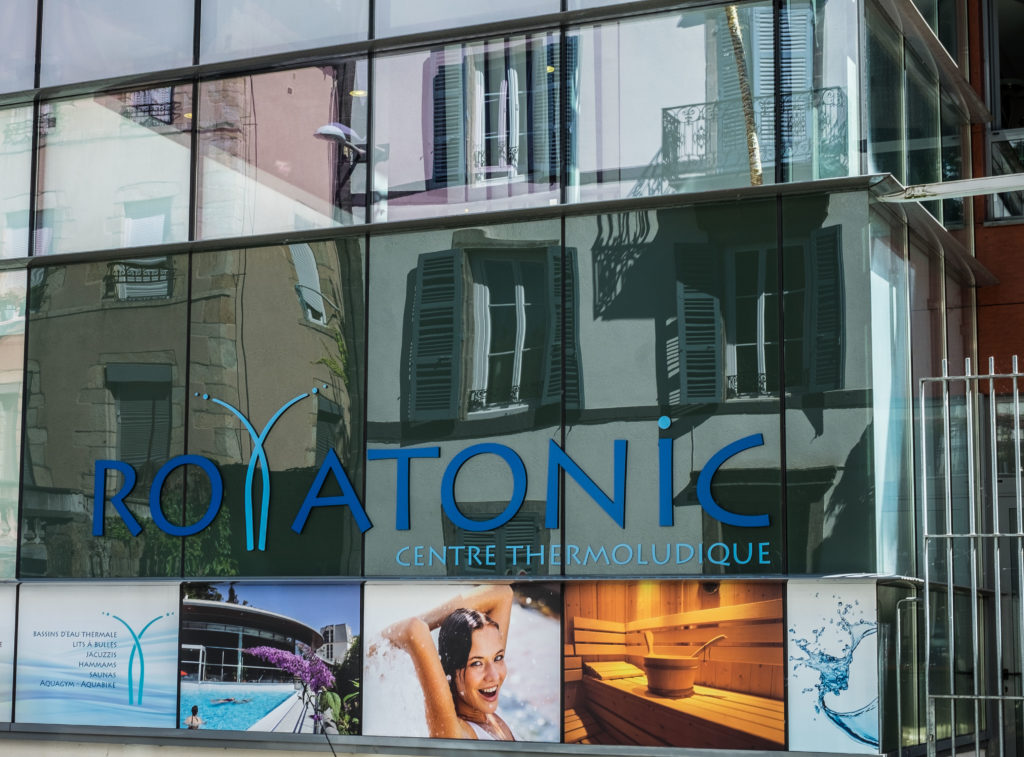
Of course, Royat has other places worth visiting. At the top of the mountain, the Romanesque church of Saint-Léger has looked out over the town since the 11th century. The restaurant La Belle Meuniere is a great choice if you want to really get into the Belle Époque spirit of the town (and be sure to ask the story behind the name – it’s a 19th-century scandal on a grand scale).
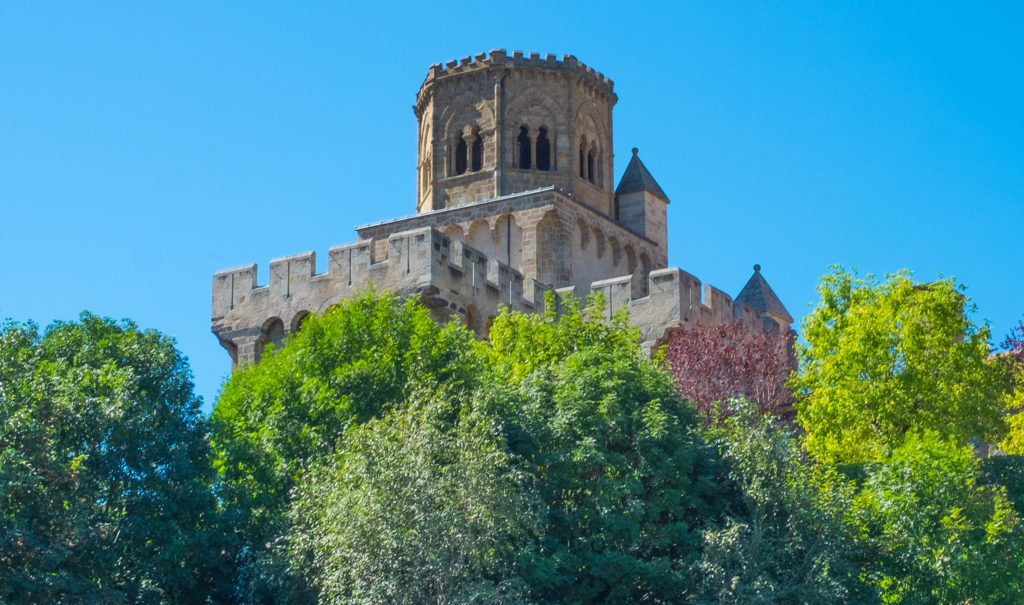
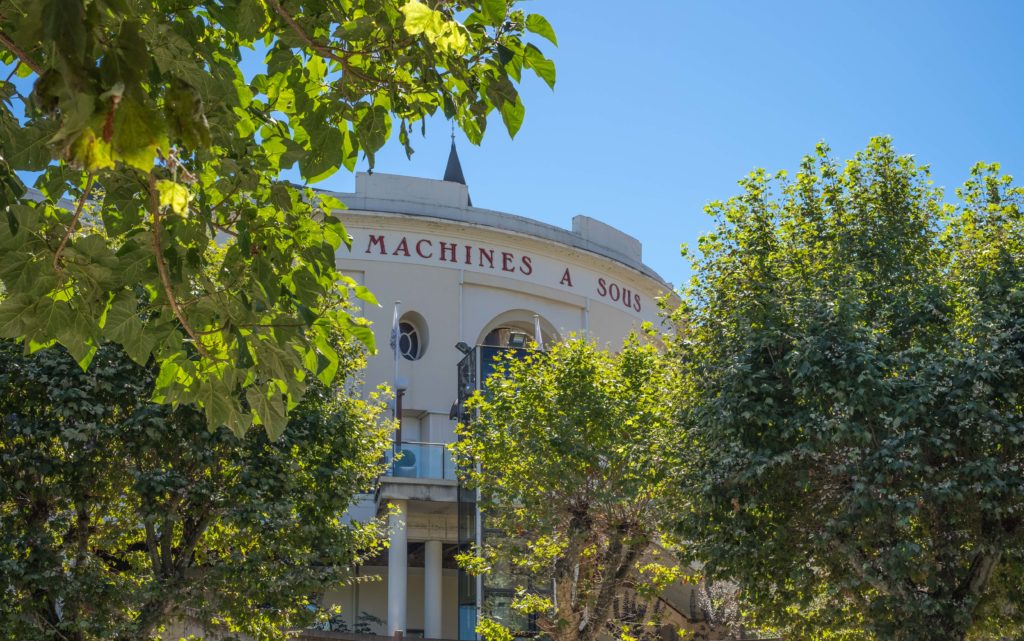
A congregation especially for Anglophones
For English-speaking expats living in the Auvergne, Royat is notable for one more thing: there’s a little chapel, tucked in behind the post office and an apartment building, where an Anglican/Episcopal congregation has been meeting since the late 1990s. It’s called Christchurch Clermont-Ferrand, and while its origins are in service to the families of Michelin expatriates in the Auvergne, it has an increasingly diverse membership. The chapel is itself a relic of Royat’s 19th-century heyday, built by an English doctor and his wife in the late 1800s; today it belongs to the French Protestant church in Clermont-Ferrand, and they make it available to Christchurch.
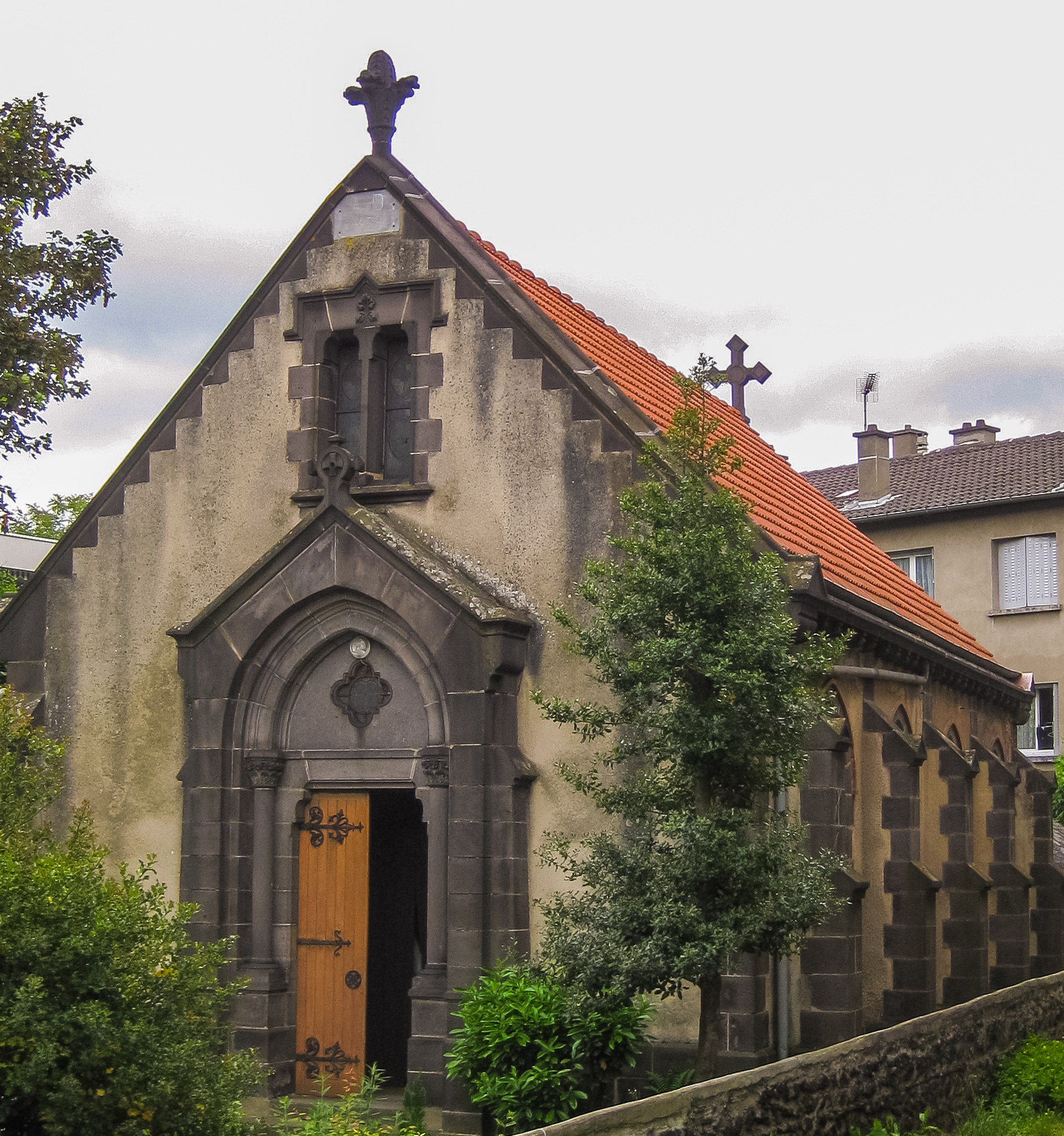
While you're in town, give a thought to Maurice Leblanc and his famous "gentleman cambrioleur". Catch the series on Netflix, whether in its French version originale or in the dubbed English form. If you have Kindle Unlimited on Amazon, you can get several of the Arsene Lupin mysteries (in English) for free. (Sadly, I haven’t found an English translation of The Young Woman With Green Eyes but the French original – La Demoiselle Aux Yeux Verts – is in the public domain and also available for free on Amazon.)
And although I can’t imagine that you’ll be bored by your stay in Royat, in the unlikely event that happens you only have to cross a street to find yourself in Clermont-Ferrand, a city rich in history, interesting architecture, and fine cuisine!
Have you visited other towns in France with a connection to a famous literary character? Have you found other traces of Belle Epoque elegance and architecture in your travels around France? Have you ever tried to “take the waters” in any of France’s many thermal spa towns? Please share your experience in the Comments section. And take a moment, please, to share this post with others on your favorite social-media platform(s) using the button(s) below!
